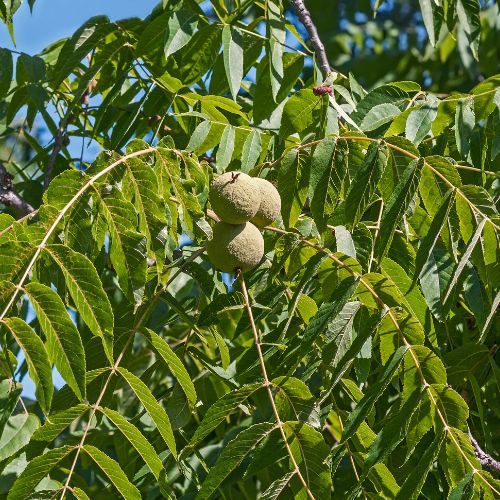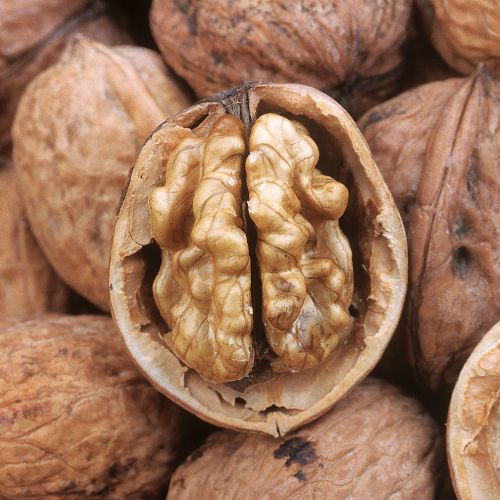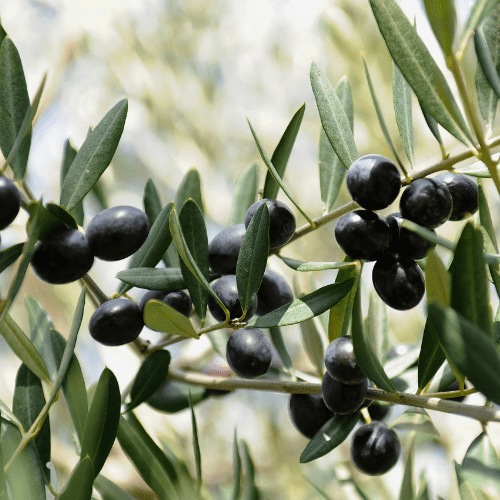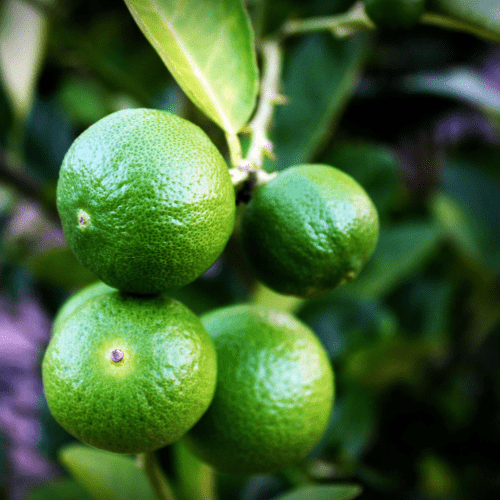Position
Plant your walnut tree in full sun or a spot with at least 6 to 8 hours of sunlight daily. Make sure it has plenty of space as it will grow into a huge tree and will be difficult to transplant, even 1 or 2 years later.
Size
These trees grow to a height of between 30 and 40 metres tall with a canopy spread of 18 metres.
Soil
Walnut trees require well-drained, fertile soil like sandy loam. Clay is not advisable. They require slightly acidic soil, so they benefit from a bag of our blueberry mix or half a bag of acid compost. Dig a large hole by breaking up the soil and adding plenty of well-rotted organic matter. A wide hole is better than a very deep one.
Nut trees require fertile soil for good growth. So, before you plant it, add some nutrients to your soil, like volcanic rock dust and good quality organic compost. Water the soil thoroughly before planting, and be careful not to bend the roots.
Fertiliser
In the second year after planting your tree, add a bag of organic compost to the tree base in spring, which will meet the plant’s growing nitrogen demands. Too much nitrogen makes the tree more susceptible to walnut blight.
Mulch
It is important to keep the trees free from weeds. Once established, mulch around the tree every 3 to 4 months with well-rotted organic matter or pine bark around the trunk. Remember not to let the mulch touch the trunk, which could cause rot and infection.
Pests
Watch out for aphids and caterpillars. Aphids can be sprayed with a dishwashing liquid solution or a natural organic pest spray for aphids and caterpillars. Alternatively, just squish and kill them when you see them. Many other pests could attack your nut tree. So, if it is not looking healthy, check with a nursery.
Watering
Never use a sprinkler and avoid splashing water onto the leaves as this will promote the development of walnut blight. Water the tree well every second week once established, as they become stressed if over-watered.
Pruning
While the tree is dormant, cut off the dry and dead branches. If any branches are crossing, then remove one. You can also remove new shoots in the middle of the tree to ensure maximum light and air penetration.
Frost
Your walnut tree is frost-tolerant, but flowers could get damaged with a late frost.
Harvesting
Walnuts fall from the tree when they are ripe. Be sure to collect them quickly to prevent them from moulding on the ground.








